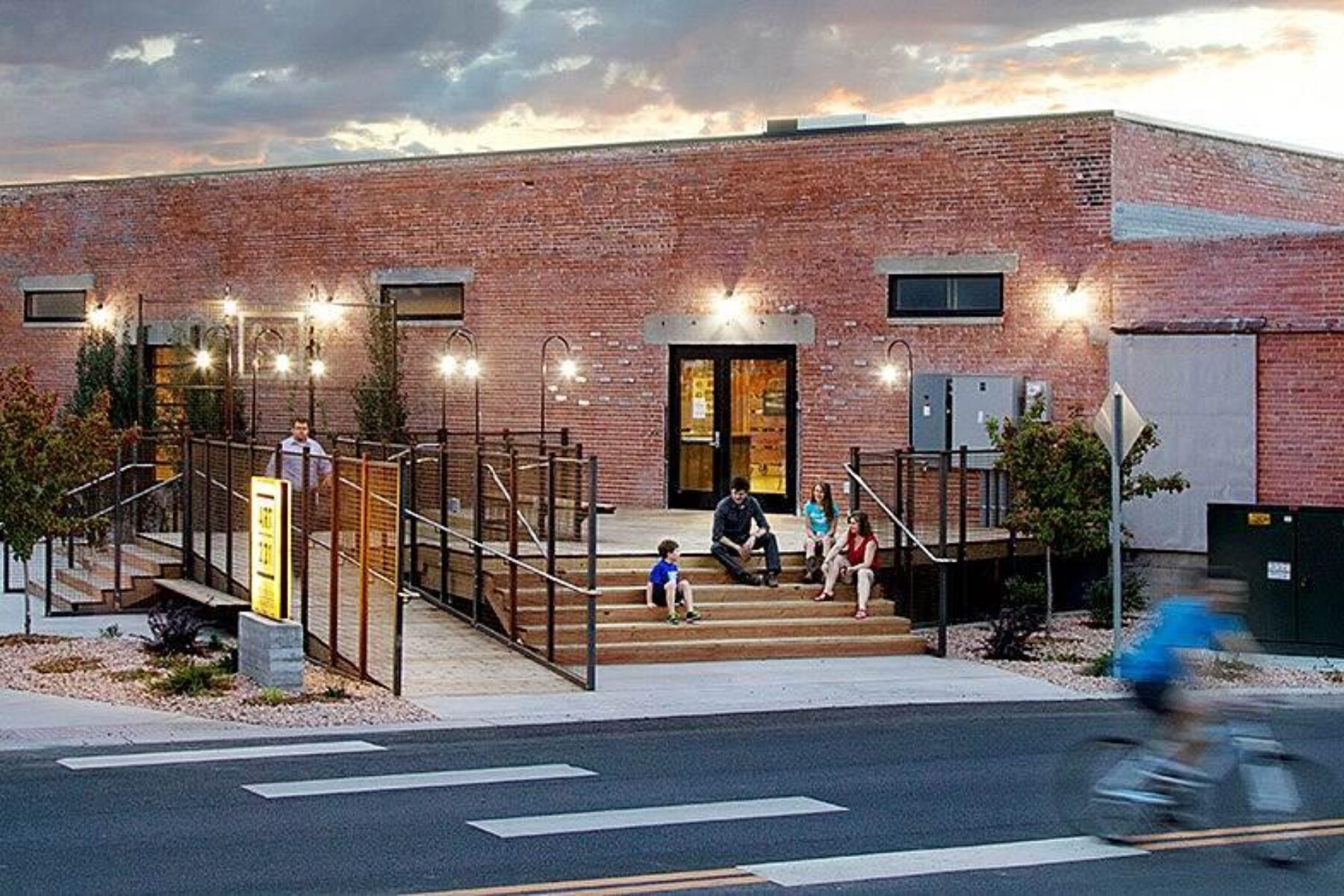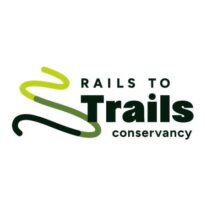New Study Illustrates Economic Potential of the Great American Rail-Trail

FOR IMMEDIATE RELEASE:
May. 17, 2022 at 8:00 a.m. Eastern
CONTACT:
Patricia Brooks, Patricia@matchmapmedia.com, 202.351.1757
New Study Illustrates Economic Potential of the Great American Rail-Trail
As it’s completed, the nation’s first cross-country multiuse trail will unlock more than $229 million in spending each year in the communities it serves
WASHINGTON, D.C.—The Great American Rail-Trail®, which is the nation’s first cross-country multiuse trail, will have a significant economic impact for the communities it serves, according to a new analysis released today by Headwaters Economics, in partnership with Rails-to-Trails Conservancy (RTC), the organization spearheading the trail’s development. The study estimates that each year the trail could generate more than $229.4 million in visitor spending, $104 million in labor income and $22.8 million in new tax revenue.
“The Great American Rail-Trail represents significant opportunity for the entire nation,” said Liz Thorstensen, RTC’s vice president of trail development. “Alongside the health and quality of life benefits it delivers to the 50 million people living nearby, it has the potential to generate a major economic boost for the states and communities it serves—especially in rural communities seeking to expand and diversify their local economies, while attracting and retaining residents and entrepreneurs in an increasingly competitive environment. It also presents an opportunity to leverage federal funds for trails, walking and biking to jumpstart local economic development.”
The analysis looked at the trail’s potential to bring visitors, businesses, spending, jobs, income and tax revenue to the communities along its 3,700-mile route and found the trail will contribute $161 million to the GDP each year. However, the study authors caution that this potential can only be fully realized with the investment and support of the communities that host the trail.
“The numbers make clear that the Great American is a win for long-term economic growth in communities all along the route,” said Kevin Belanger, RTC’s project manager for the Great American Rail-Trail. “It’s fair to say that these estimates are conservative. As the trail is completed, the experience of trails across the country and RTC’s own research shows that trail use will grow by as much as 80%. More trail users could translate to more local revenue if communities are planning for the trail and investing in amenities and tourism-ready businesses.”
The Great American Rail-Trail is expected to support around 25,000 jobs over the next 10 years, spread across diverse sectors including hospitality, retail, professional services and health care. The trail will also directly support $60.9 million in labor income each year in communities as trail users spend money at businesses. According to the analysis, this will translate into an additional $23.3 million in indirect labor income for the supporting businesses in the supply chain, and $19.8 million in induced labor income as employees at these businesses spend money throughout their communities annually.
“This comprehensive data analysis shows the Great American is making important economic contributions to rural and urban communities across the nation, but behind the numbers we also see better livelihoods, connected communities and priceless outdoor experiences,” said Megan Lawson, an economist at Headwaters Economics and author of the report. “This interconnected trail system can play a vital role in communities’ economic diversification, and a better quality of life.”
The economic impact was calculated using trail counter data to estimate the number of visitors using the Great American Rail-Trail and the amount these visitors spend during their trips. Total visitor spending in each state was inputted into IMPLAN—an economic modeling program—to estimate the economic impact of the Great American, measured in terms of jobs, income, value-added and tax revenue. View the complete methodology at rtc.li/GRTImpact.
RTC estimates that the Great American Rail-Trail will cost approximately $1 billion to complete—an investment that will be recouped within five years by direct visitor spending along the route. Since the trail was announced in 2019, more than $54 million has been invested in projects that fill critical gaps along the route. The project could be accelerated with full funding of the Active Transportation Infrastructure Investment Program, which will make new direct federal grants available to connect trails and other active transportation infrastructure. This new program was created by the bipartisan federal infrastructure law and awaits funding through Congressional appropriations.
When complete, the Great American will serve 50 million people living within 50 miles of the trail, as well as millions of additional visitors from around the country and the world. Explore the economic impact of the Great American Rail-Trail at rtc.li/GRTImpact. Connect with the Great American at greatamericanrailtrail.org, and on social media using @greatamericanrailtrail and #GRTAmerican.
Rails-to-Trails Conservancy is the nation’s largest trails organization—with a grassroots community more than 1 million strong—dedicated to building a nation connected by trails, reimagining public spaces to create safe ways for everyone to walk, bike and be active outdoors. Connect with RTC at railstotrails.org and @railstotrails on Facebook, Twitter and Instagram.
Headwaters Economics is an independent, nonprofit research group whose mission is to improve community development and land management decisions. Find out more at headwaterseconomics.org.

Donate
Everyone deserves access to safe ways to walk, bike, and be active outdoors.
